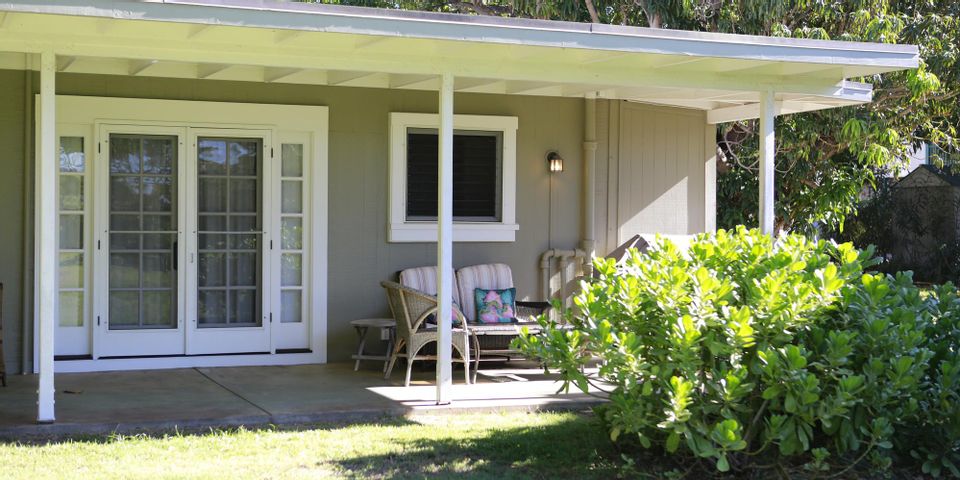5 FAQ About Lead in Homes

Lead was commonly used during the 1940s and 50s as an additive to make paint last longer. However, because of its toxic nature, the government issued a federal ban on lead for residential use in 1978. Although lead is no longer used today, many older homes still have it. Learn more about the substance and when to contact a lead paint removal expert for help with the following frequently asked questions.
What You Need to Know About Lead in Homes
Why is lead harmful?
Lead is a naturally occurring heavy metal and neurotoxin. A person with lead poisoning can experience a range of symptoms like headaches, muscle pain, memory problems, and infertility. Children are the most susceptible to poisoning, which can result in behavioral issues and delayed development.
Where might lead be found in my home?
The most common source of lead in a home is paint. Many houses built before the federal ban have lead-based paint beneath the top layers. As it decays over time, it can release lead dust into the air.
How can I know if my home has lead?
 To tell if your home has lead on your own, check the year of construction. Houses constructed before 1978 are more likely to contain lead-based paint.
To tell if your home has lead on your own, check the year of construction. Houses constructed before 1978 are more likely to contain lead-based paint.
Also, watch out for degrading paint—a lead-based variety will crack into scales that resemble an alligator’s skin.
What can I do to remove the lead?
Don’t attempt to remove the paint on your own; you risk inhaling particles of lead. If you suspect its presence on your property, call a lead paint removal professional to inspect it and dispose of it safely.
If you’d like peace of mind knowing your home is lead-free, turn to the experts at Ohana Environmental Construction in Honolulu, HI. With their over 35 years of experience, they’ll handle testing and lead paint removal to ensure your house is safe. Visit their website to learn more about their removal process, or call (808) 836-6955 today to schedule an inspection.
About the Business
Have a question? Ask the experts!
Send your question

